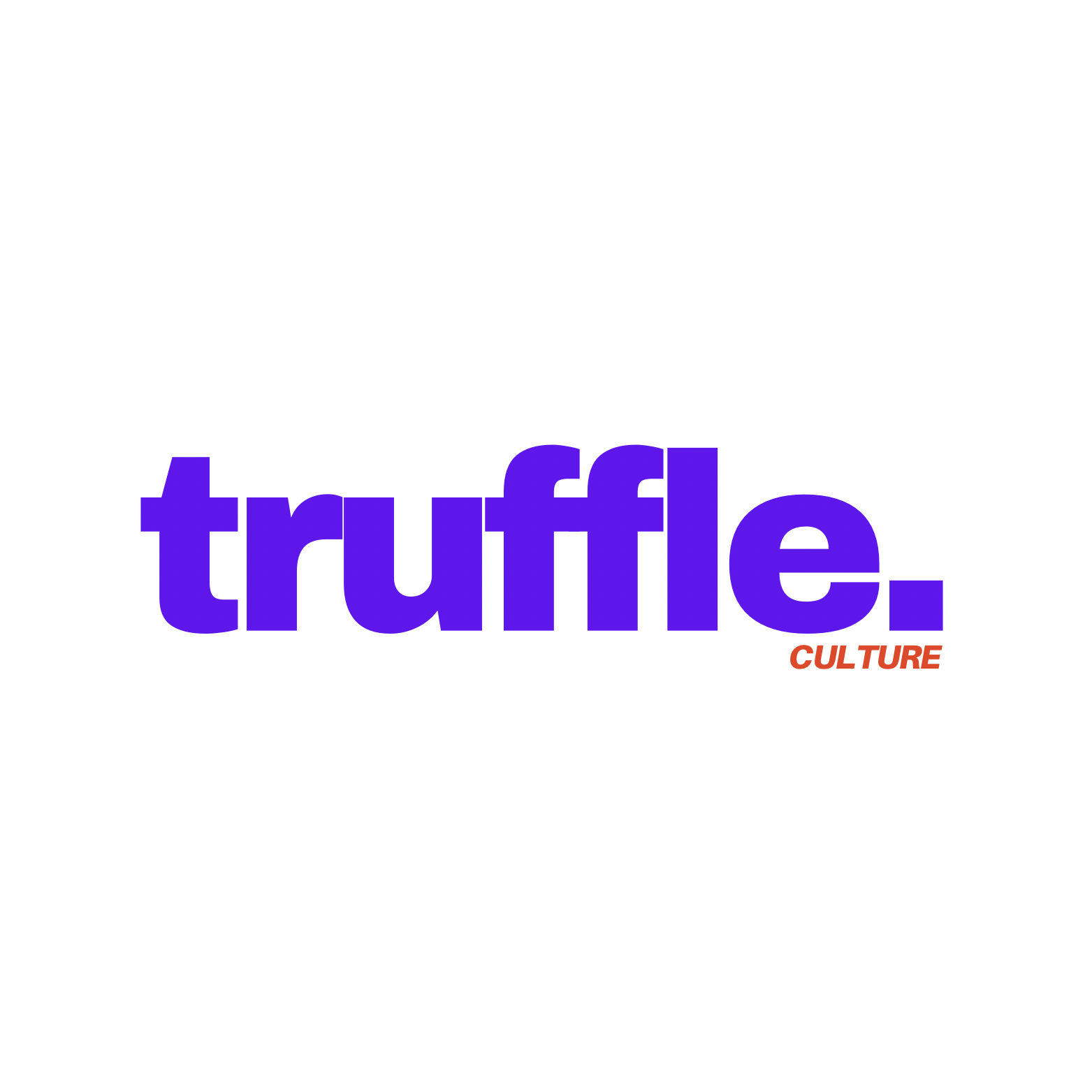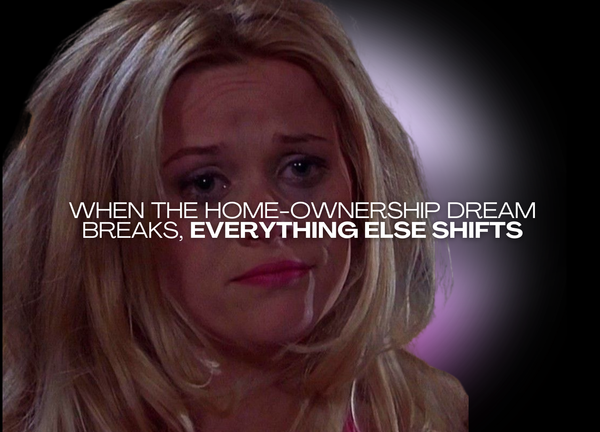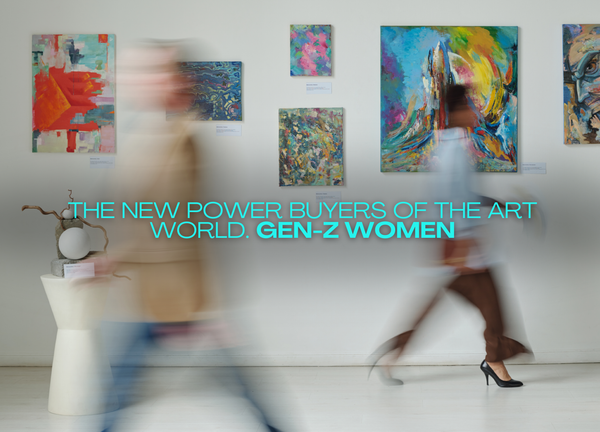The Charts Don’t Lie: Hip-Hop’s Retreat & Culture’s New Conservative Centre
Hip-hop’s dominance is fading reflecting a broader cultural shift toward nostalgia and conservatism.
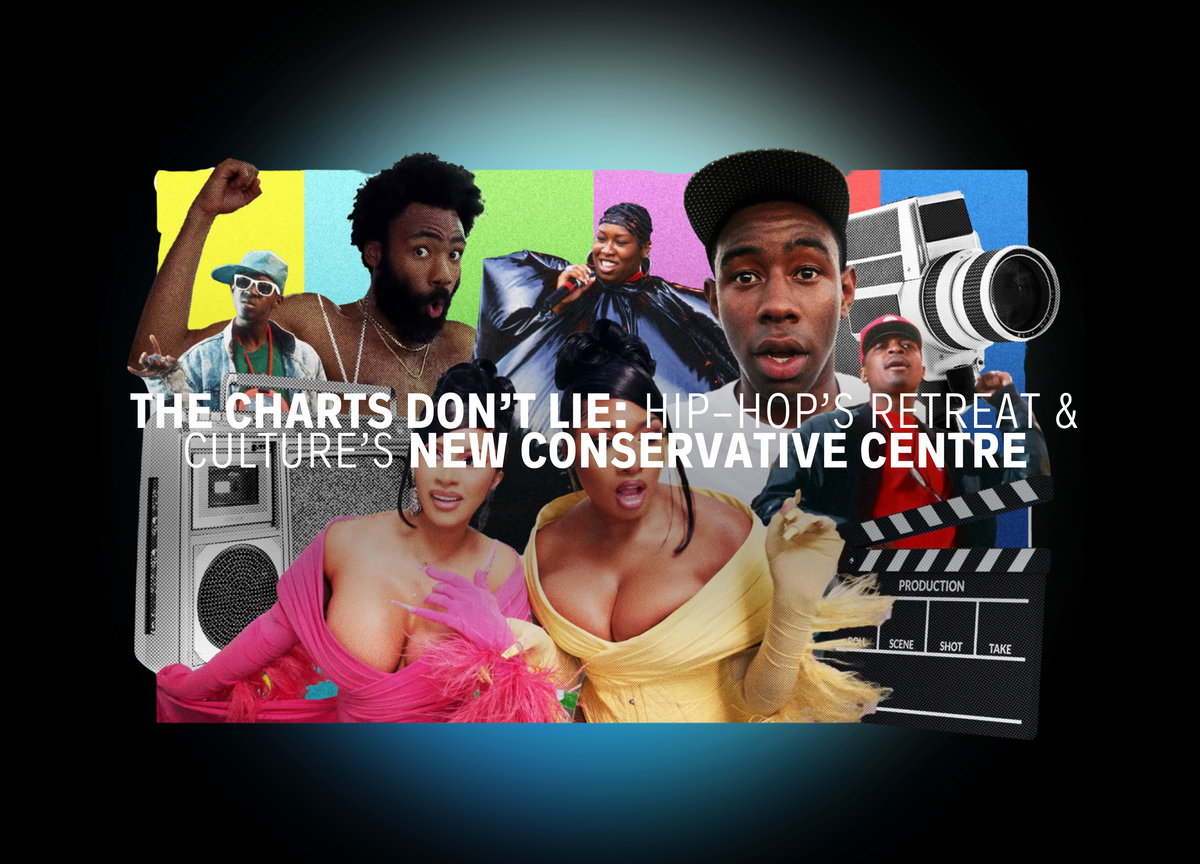
On September 15th, something startling happened. Only four hip-hop songs sat on the Spotify Global Top 50. Just five years ago, that number was fifty-six. And here’s the kicker: not one of those four tracks was new.
It’s tempting to chalk this up as “hip-hop falling off.” But that’s too shallow. The charts are never just about taste. They’re mirrors. And right now, they’re reflecting a culture that has shifted—toward nostalgia, toward safety, toward conservatism.
The Numbers Tell the Story
Let’s start with the receipts
- Hip-hop still leads in U.S. streaming. But its dominance is fading. Its share dropped from 26.8% in 2022 to 25.3% in 2023, sliding again through 2024 and early 2025.
- Latin is rising the fastest. In the first half of 2024, Latin saw the largest share growth of any U.S. genre, powered by the explosion of Regional Mexican. Revenues hit $1.4 billion in 2024, an all-time record.
- Global listening tells an even bigger story. Worldwide streams passed 4.8 trillion in 2024, and the share of English-language tracks continues to decline as Afrobeats, Latin trap, and other global sounds surge.
- Catalog is outpacing novelty. In 2023, “current” R&B/hip-hop streams fell 7%, while catalog streams rose 11%—a collective lean toward familiarity.
- Festivals mirror the shift. Coachella booked 19 hip-hop acts in 2022. In 2024, only six. Headliners still included Tyler, the Creator and Doja Cat, but the depth wasn’t there.
What looks like “hip-hop fatigue” is really about something deeper: a culture re-centering itself around safe, nostalgic, and uncontroversial aesthetics.
From Infinite Ascent to WallpapeR
Think about it. Hip-hop once felt infinite. It was the sound of risk, progress, disruption. From Target aisles to toddlers’ birthday parties, rap became the cultural wallpaper of the late 2010s. That ubiquity was a victory: a genre once derided as “too dangerous, too Black” had become inescapable.
But ubiquity dulls sharp edges. By the time you hear Vince Staples on ESPN, the subcultural bite is gone. And just as hip-hop settled into mainstream wallpaper, the cultural climate began tilting rightward.
The pandemic years—2020 and 2021—may be remembered as the last great cultural peak. Verzuz battles dominated feeds, rappers topped festivals, and hip-hop stars were the biggest stars in the world. Then, as the summer of performative progressivism faded, the center of culture swiveled back to cowboy boots, Morgan Wallen stadium singalongs, and Americana nostalgia.
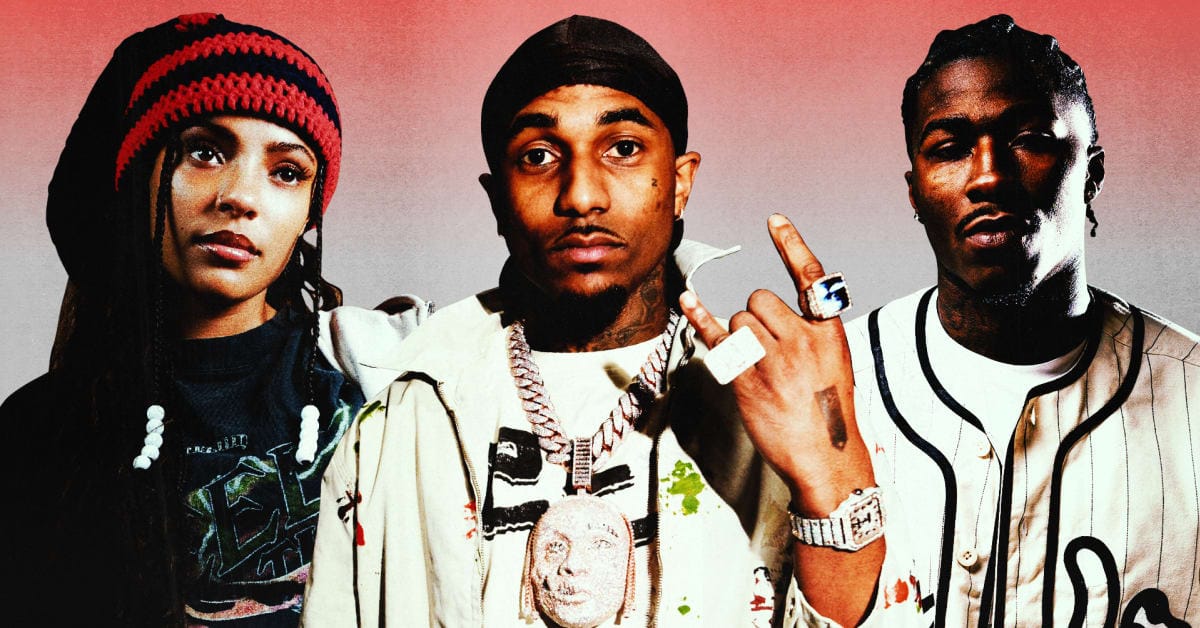
Why the Center Moved
Three forces pushed the pendulum:
1. Algorithmic Centrism.
Streaming platforms chase retention. Advertisers chase brand safety. Labels chase predictability. The result? A loop that rewards pleasant sameness: safe moods, safe faces, safe sounds. Hip-hop, with its volatility and political baggage, doesn’t fit the brief.
2. The Nostalgia Economy.
The data is blunt: catalog streams rising, current releases slipping. In turbulent times, audiences reach for the familiar—songs they already know all the words to. It’s not about quality; it’s about comfort.
3. Cultural Conservatism.
Hip-hop once symbolized progress and pluralism. Today, the center prefers unity myths: “authentic” Americana, stadium singalongs, wholesome nostalgia. The aesthetics of hip-hop—its slang, its rhythms, its style—are kept. But the people who built the culture are often pushed aside.
Not Hip-Hop’s Death—But America’s Drift
Here’s the crucial thing: hip-hop is not dying.
- Underground rap is thriving, filled with life, weirdness, and risk.
- Critically acclaimed projects keep dropping from artists like JID, Clipse, and Earl Sweatshirt.
- Globally, hip-hop’s DNA is mutating into Afrobeats, Latin trap, amapiano—genres carrying the torch into new markets and languages.
What’s shrinking is America’s appetite for disruption at the center. The charts are not measuring artistic vitality. They’re measuring the culture’s mood. And right now, that mood is cautious, nostalgic, and conservative.
The Future Is Always at the Margins
Every cycle in pop culture follows this rhythm. The center grows cautious. The margins innovate. Then, when the mainstream finally feels safe again, it comes running back to what the margins have been building all along.
Hip-hop hasn’t run out of steam. The culture has. And that means the real action—the messy, unruly, culture-shifting energy—isn’t in the Top 50. It’s in the underground scenes, the global hybrids, the places the algorithm isn’t pointing you toward.
And that’s where the future always starts.
Truffle Culture’s Takeaway
If you want to know what’s next, don’t look at the charts. Look at the friction points: the Nigerian producers experimenting with drill, the Mexican artists bending corridos into trap hybrids, the underground rappers pushing against algorithmic sameness.
The mainstream may have gone conservative, but the margins are alive. And if history tells us anything, the margins don’t just whisper the future—they become it.
